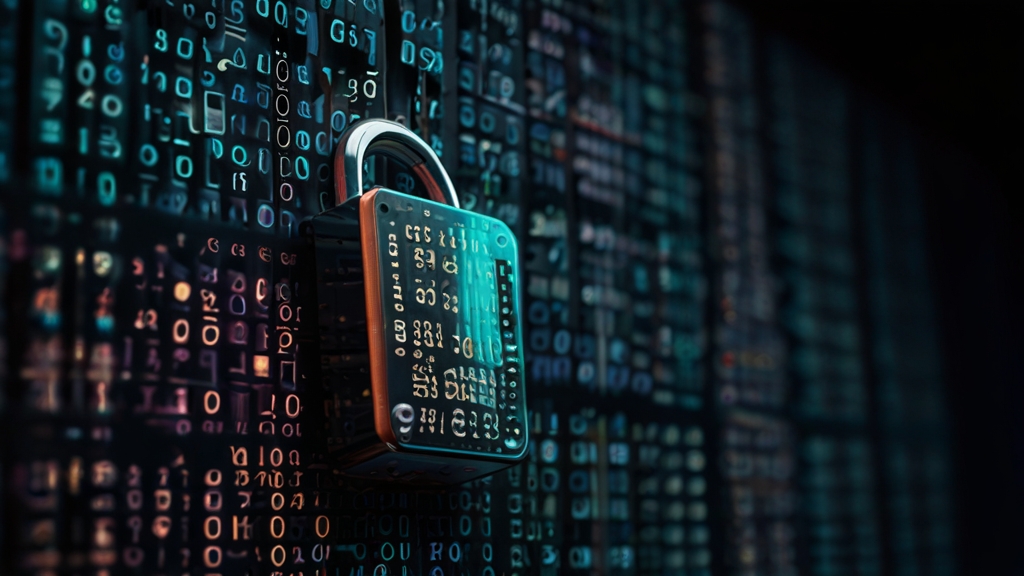
Linux Security: Fortifying Your Linux System
In today’s digital landscape, where cyber threats lurk around every corner, securing your Linux system is of paramount importance. Whether you’re running a personal workstation or a mission-critical server, implementing robust security measures is crucial to safeguarding your data and maintaining the integrity of your system. This guide will walk you through the essential steps to harden your Linux setup, ensuring enhanced protection against potential vulnerabilities and malicious attacks.
Keep Your System Up-to-Date
One of the most fundamental security practices is to keep your Linux distribution and installed software up-to-date. Software vendors regularly release updates that address known vulnerabilities and security flaws. By enabling automatic updates or regularly checking for and applying the latest patches, you can significantly reduce the risk of exploitation by malicious actors.
Implement Secure User Management
User management is a critical aspect of Linux security. Start by disabling or removing unnecessary user accounts, as each account represents a potential entry point for attackers. Additionally, enforce strong password policies, encouraging the use of complex, unique passwords across all user accounts. Consider implementing multi-factor authentication (MFA) for added security, especially for privileged accounts.
Minimize Unnecessary Services and Applications
Linux distributions often come bundled with a multitude of services and applications, many of which you may not require. Each unnecessary service or application introduces potential vulnerabilities and increases the attack surface. Carefully review your system and disable or remove any services or applications that are not essential to your operations.
Tighten Network Security
Securing your network is crucial to preventing unauthorized access to your Linux system. Configure a firewall to block unwanted traffic and limit incoming connections to only those services you explicitly allow. Additionally, consider implementing secure remote access solutions, such as SSH with key-based authentication or virtual private networks (VPNs), to prevent unauthorized remote access attempts.
Implement Intrusion Detection and Monitoring
Early detection of security breaches is essential for mitigating potential damage. Consider implementing intrusion detection systems (IDS) and security information and event management (SIEM) solutions to monitor your system for suspicious activities and generate alerts when potential threats are detected. Regular log monitoring and analysis can also provide valuable insights into potential security issues.
Leverage Security-Focused Tools and Practices
Linux offers a wealth of security-focused tools and practices that can further fortify your system. Implement file integrity monitoring solutions to detect unauthorized changes to critical system files. Enable full-disk encryption to protect your data in case of physical theft or loss. Regularly perform vulnerability assessments and penetration testing to identify and address potential weaknesses in your system.
Develop and Enforce Security Policies
Establishing and adhering to well-defined security policies is crucial for maintaining a consistent and effective security posture. These policies should cover areas such as access control, password management, software installation, and incident response procedures. Regularly review and update your policies to ensure they remain relevant and aligned with industry best practices.
Remember, security is an ongoing process, and complacency can quickly erode the safeguards you’ve put in place. Stay vigilant, keep up-to-date with the latest security advisories and best practices, and continuously monitor and adjust your security measures to maintain a robust and resilient Linux system.